Freshworks IPO: Creating a ‘Kudumba’ to Fuel a Global SaaS Powerhouse
On behalf of everyone at Sequoia, congratulations to this incredibly fresh and visionary Kudumba on today’s IPO.
Mohit Bhatnagar
Published September 22, 2021
By Mohit Bhatnagar and Carl Eschenbach
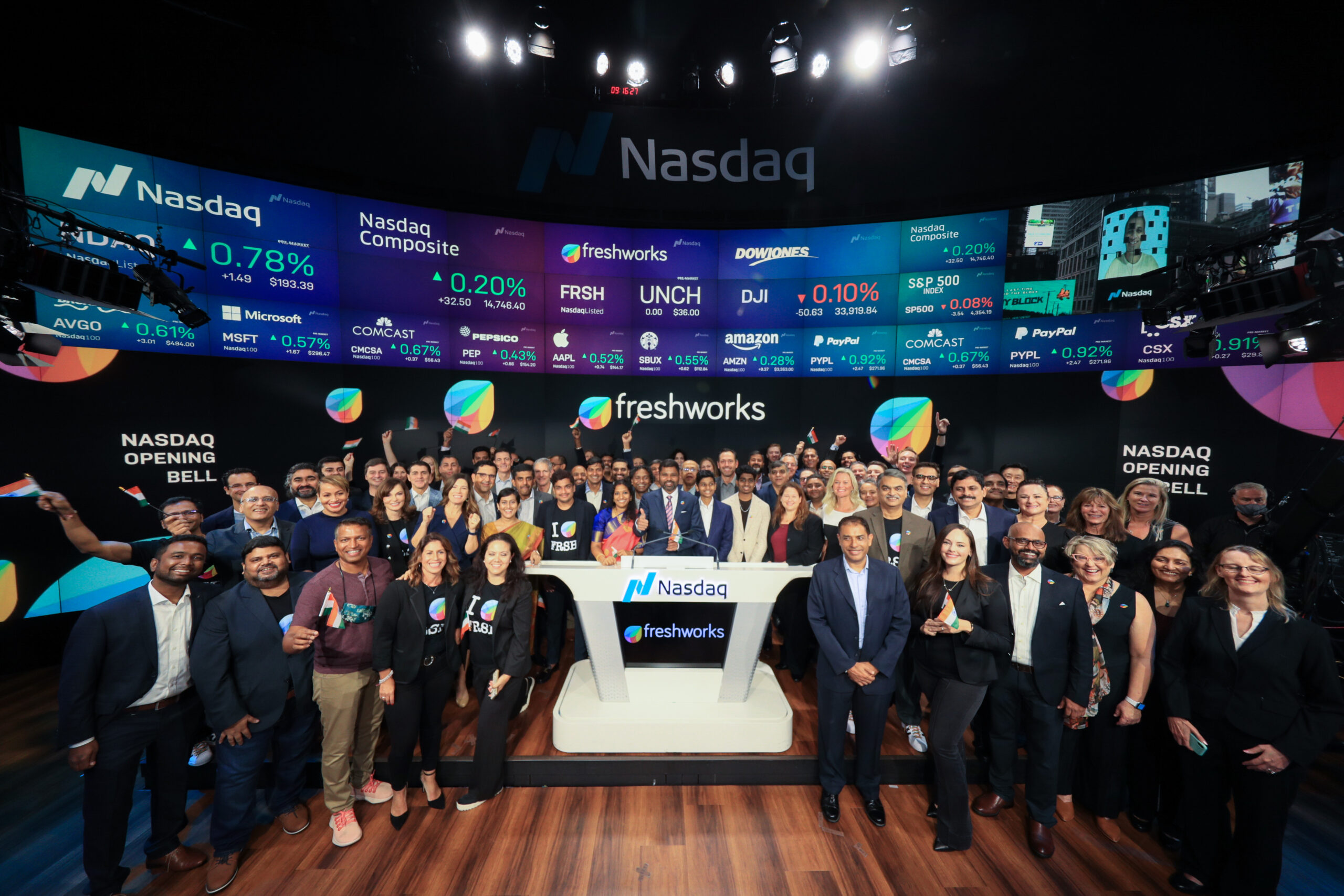
For Girish Mathrubootham, ‘Kudumba’, or family/team, is what fuels Freshworks.
“We are super proud of the fact that Freshworks is a company from Chennai, a company from India. We’re also a global company – and my job as captain is to hire the best talent, wherever they are, and field the best possible team to achieve our dreams and goals. I have to do it for me, I have to do it for you, I have to do it for India,” said Girish at a recent all-hands meeting.
He went on to explain the significance of Freshworks’ success, both to every team member and the country. There was awe and goosebumps all around.
Girish and Shan Krishnasamy, who founded Freshworks in Chennai in 2010 with a mission to make it fast and easy for businesses to delight their customers and employees, have gone on to create a global SaaS powerhouse by attracting world-class talent, unlocking the potential of leaders from within and creating a product-first culture that strives to get the best out of every team member.
Today, Freshworks listed on the Nasdaq Stock Exchange. The company, which is now headquartered in San Mateo with a large workforce based in India, serves over 52,000 customers all over the world. The way Girish and Shan thoughtfully and deliberately built a winning team over the last decade played a critical role in reaching this exciting milestone.
We are fortunate to be partners in this industry-defining company, along with Accel, Tiger Global and CapitalG. Having led or co-led three financing rounds, our investment in Freshworks represents Sequoia India’s single largest investment from its India/SEA funds. From our front row seat in the Freshworks journey, here are three takeaways for every Indian SaaS founder who wants to make their mark on the global stage.
A company scales when its leaders scale
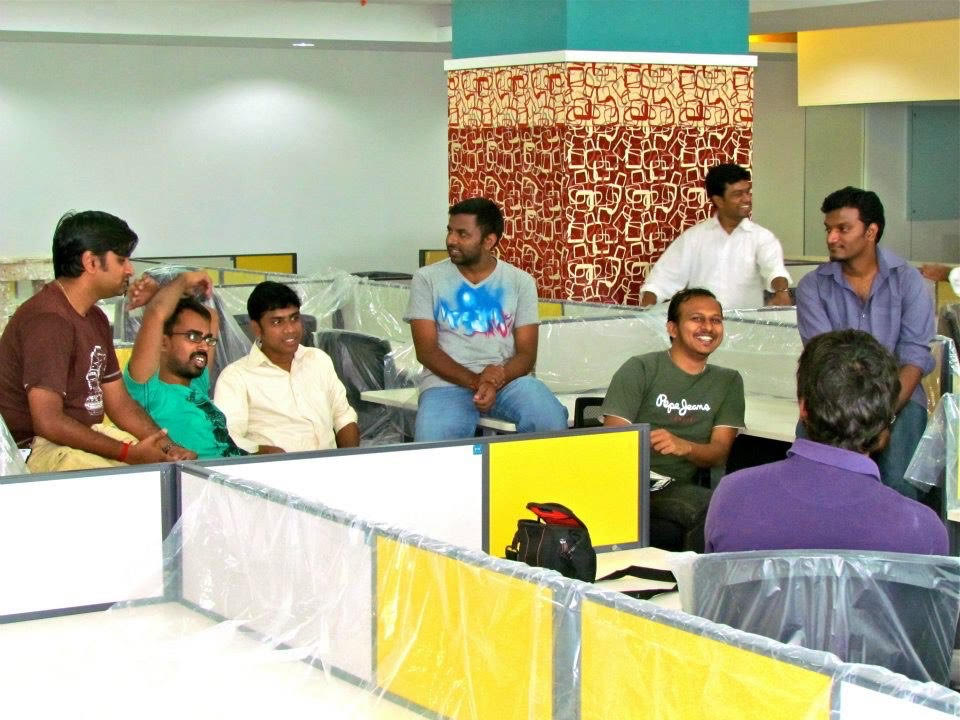
The majority of your leaders have to grow from within. Girish, who has a sharp eye for talent, has coined the term “Freshworks at Heart” for people who fit with the company culture. Being invested in people, and unlocking their potential, is definitely one of the company’s superpowers. That’s reflected in their capitalization: 76% of Freshworks’ 4,300 employees globally hold stock or equity rewards in the company, which creates an incredible sense of ownership, across geographies.
Many of the company’s first, early hires developed into leaders that really changed the game for the company. Girish and Shan give bright stars the space to change gears and move into new areas – or stay focussed on core skills they’re passionate about as they rise through the ranks, instead of letting go of their craft in favour of management roles.
Kiran Darisi, First VP Engineering, became the fifth employee in January 2011, and handled both Ops and Product Development in the early days. An introvert who loves to code, he bore his role as a manager as a burden. “In 2015 we hit an inflection point, our team had grown to 500, and I literally begged Girish to hire a boss for me. I was leading all these functions, and didn’t really enjoy managing people. I only enjoy solving technical problems, not people problems!” That’s when Freshworks recruited STS Prasad, who joined as SVP Engineering from Walmart Labs in Sunnyvale, California, where he led their global engineering team. STS set up frameworks that defined how cross-functional teams work together and helped the leadership learn to think like a large company, instead of a startup that’s always hustling.
At the same time, Freshworks made a decision to create two equally important streams in engineering management; the Individual Contributor (IC) path and the Engineering Group (EG). That opened a path for people like Kiran to bring their best to the game. “What keeps me here is that there are newer and harder technical problems to solve every year, and I can just focus on that and not worry about people management. I can’t think of any company at the scale we’re at, that challenges you the way you want to be challenged, intellectually.”
Parsuram Vijaysankar, who joined as employee No. 4 in October 2010, scaled in another direction. A product designer by training, he moved into client-side product engineering at the two-year mark. “I joined when I was 27, and I didn’t consider myself a people manager. Freshworks gave me the opportunity to go into hardcore engineering as an individual contributor, or work with a team and help them scale their careers within the company. Being a manager was out of my comfort zone, but these were interesting problems. How do you scale teams? How do you make sure they’re building products in the right way for users, and not bloating the software? How does that all fit together?”
Parsu quickly grew into a leadership role, mentoring senior architects and scaling teams by creating frameworks that ensure tribal knowledge built up by senior members could be shared with newer team members in a more agile way.
“One thing I’ve realized is you need to give younger team members the right amount of space to learn and to fail,” he said. Recently one of his junior team members wanted to do an experiment as part of a large-scale integration, and while Parsu told him it was risky, he gave him the freedom to try. Things went a little bit sideways, and the two sat down for a calm, candid conversation about what happened and how it could have been approached differently. “You need to build an environment where people can learn. It can’t be bulletproof.”
Great people attract more great people
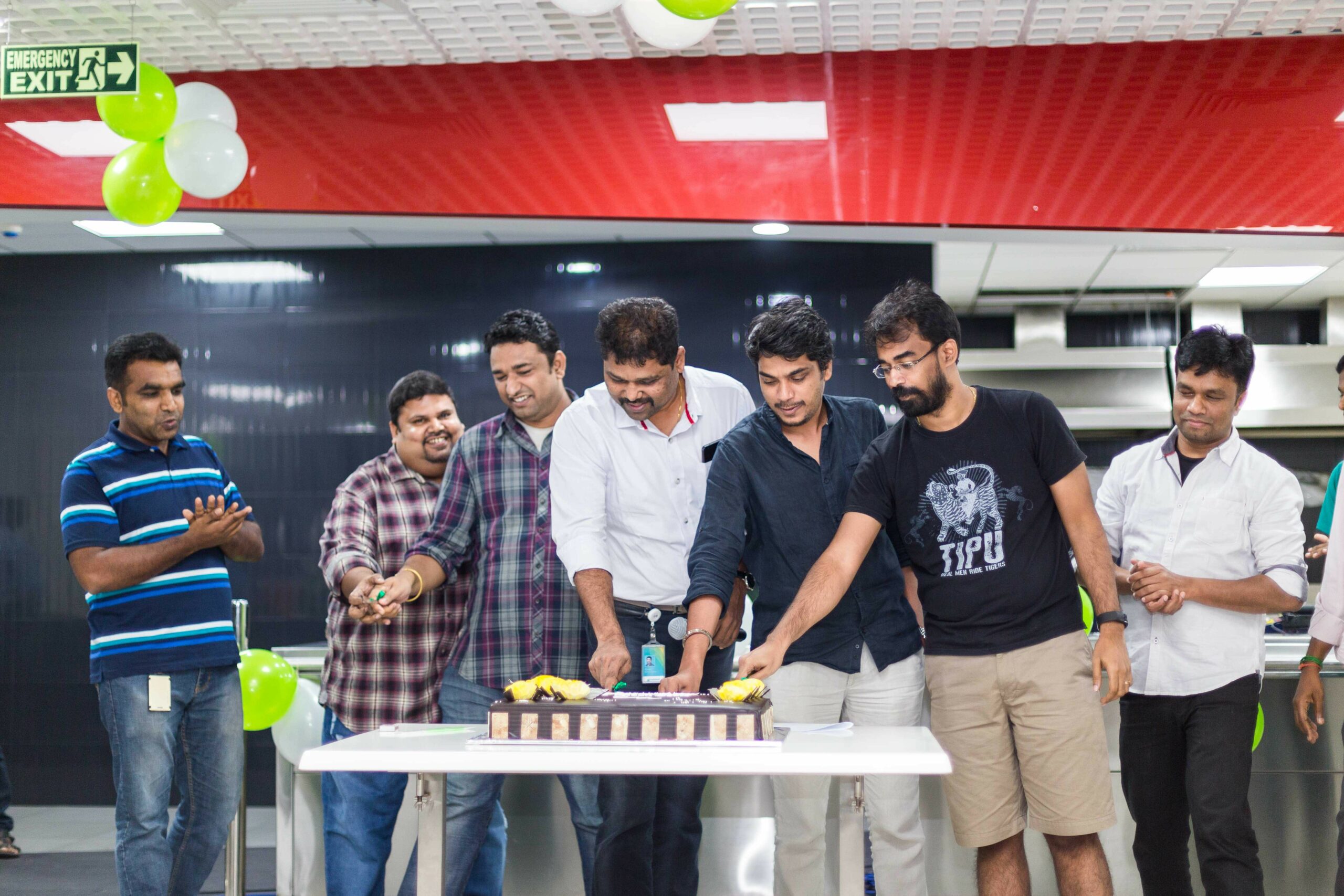
Most founders struggle to hire global talent. Girish, however, has always had the audacity to dream big and hire high-calibre leadership talent ahead of the company’s growth curve. And, he’s always brought in people that he can learn from. For example, he hired Sidharth Malik, a Microsoft, IBM, Salesforce and Akamai Technologies veteran who helped scale Freshworks’ revenue over the years. G, as everyone calls him, often says “If I can walk into a meeting and learn something new, that’s a good meeting.”
Another key global hire was Tyler Sloat, the former CFO of Zuora. Tyler hadn’t heard of Freshworks when the recruiter called, but when he saw people he knew, such as Randy Gottfried, the former CFO of AppDynamics on the board and investors such as Accel, Capital G and Sequoia Capital India involved with the company, he took the call. “I talked to Randy, and he said, ‘This is a really, really special company’.”
What sold Tyler was Girish’s ability to tell the story of his company, and his vision, in a deeply compelling way. “He’s a product guy, which I really liked. Product guys are about the vision, and if a product company can stay true to their product vision and build for the user – that’s the holy grail of software.”
“He’s got this quiet confidence – it’s an incredible trait. He’s incredibly smart, but he doesn’t feel the need to demonstrate that to you. He’s okay asking questions or admitting he doesn’t know something. Many people in leadership don’t have the confidence to do that,” says Tyler.
“The dynamic has changed globally in the last four or five years for software companies. You don’t have to be based in the US to attract global talent. It’s more about the way you present your company, as opposed to where you are. It’s about having confidence that you have a world-beating product.”
Great people, meanwhile, attract more great people.
With Tyler joining the Freshworks movement, word spread in the small world of Silicon Valley and that helped Freshworks attract many others like Jose Morales (ex-Atlassian) as Chief Revenue Officer, Prakash Ramamurthy (ex-Oracle) as Chief Product Officer and Stacey Epstein, (ex-ServiceMax), who was named ‘Global CMO of the Year’ by Enterprise IT, as Chief Marketing Officer. While each of these needle-moving folk had plenty of other opportunities, the prospect of joining the leadership team to help take Freshworks public was too alluring. In retrospect Eric Yuan, founder at Zoom, was bang on when advising G on the pros and cons of going public. Eric had said to Girish: “An upcoming IPO is a huge marketing event and will help attract world-class talent and new customers to the company. Use it well.”
Craftsmanship: A Product-First Culture
“We talk about our culture all the time. That’s a unique differentiator. And a core value of our culture is craftsmanship. We’re a product-first culture, and that drives everything we do.” – Suman Gopalan, Chief HR Officer
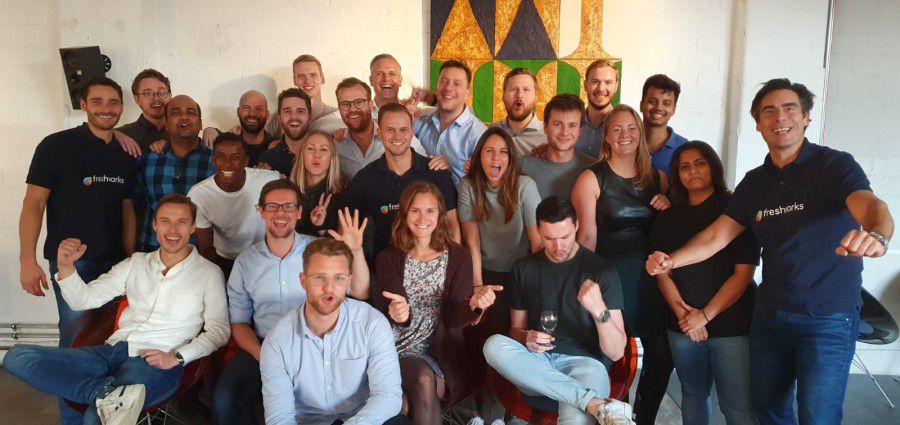
For some founders, company culture is a nebulous concept. But a well-defined culture – the ethos, the value system, the way people work – is the cornerstone of every enduring company. Freshworks’ founding team understood early on that culture is defined by the actions taken, not by mere words on a wall.
They set out to create a product-first culture, with craftsmanship – one of the company’s core values – at the core. Collaboration underpins all of that, says Bharath Balasubramanian, Senior Director of Design. Bharath started brainstorming with Girish two years before he joined the company in 2012. His idea – to gamify customer service with a leaderboard feature that rewards agents with badges whenever a ticket was resolved – eventually became part of the Freshdesk product.
“Craftsmanship is about sweating out the details. For a designer, it is about designing an intuitive UI, writing good copy, looking at the end-end user experience. For a developer, it could be improving the product’s performance. Ultimately, it’s all about the product, design, and engineering teams collaborating closely to craft a delightful experience for our customers,” says Bharath.
Freshworks started as a six-member team in 2010, but by 2015 they had over 500 employees and were in hyper-growth mode. Employees started feeling out of touch with what other teams were doing. When teams scale, silos can creep in, and that’s when the vision starts to blur. Shan, Kiran, Parsu, Bharath and other early team members knew that if engineers became siloed, they’d lose touch with customers and start focussing on engineering aspects of the product alone.
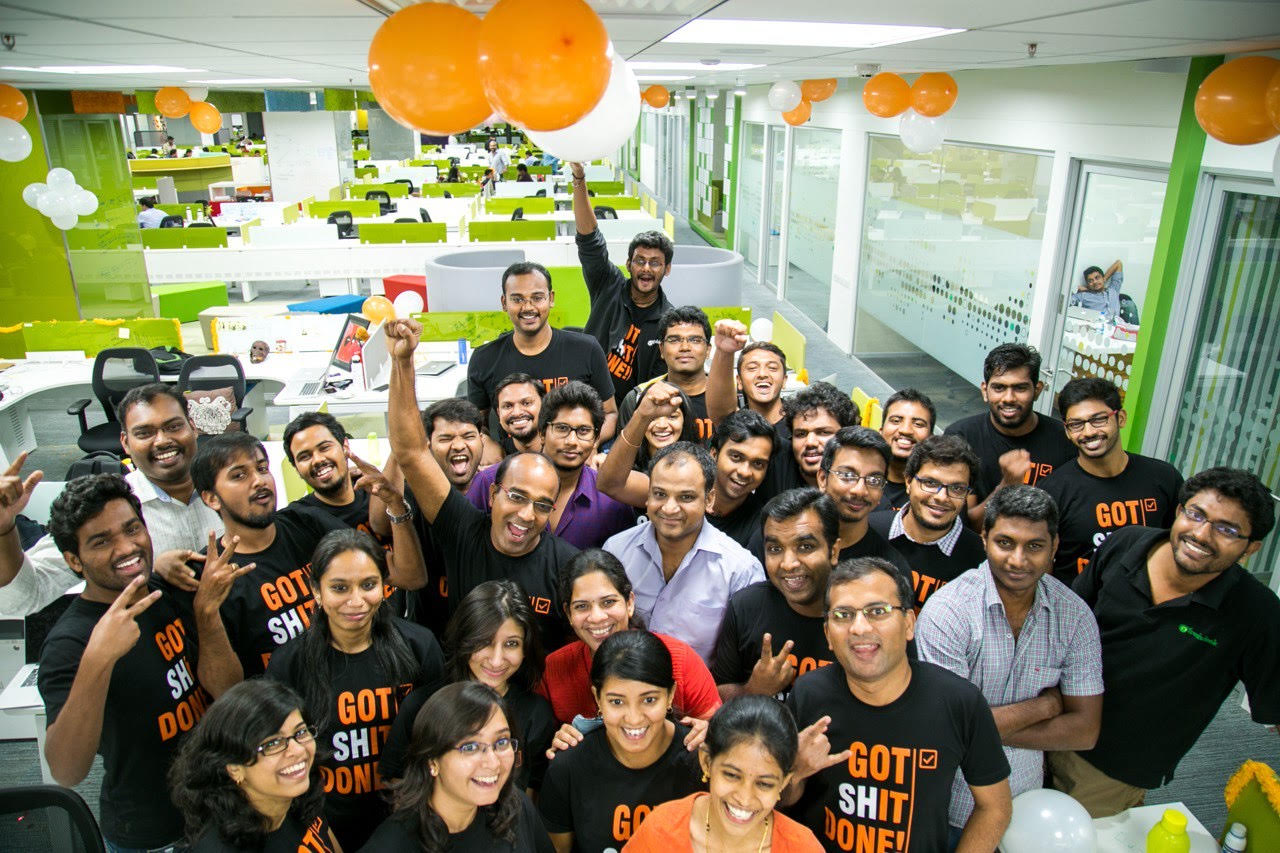
In 2016, the team implemented a framework called “Fresh Wave” that encourages customer-focused innovation and cross-team collaboration. Teams of six to eight designers, test engineers, architects and front and backend engineers started working in ‘squads’, and these collaborative groups focussed on smaller, accountable pieces they could deliver without having too many dependencies. This ensured the pace of iteration didn’t slow down as the company scaled.
“We made sure every business unit had visibility on what’s happening with the customer, and created a bridge for feedback between engineering and product. It brought predictability. It was a very rough journey for the first year after this was all implemented. A lot of people had to change the way they worked. When the team was small, you could just walk to someone’s cubicle and ask for what you needed. That changes when you hit a larger scale,” says Kiran.
Fresh Wave helped create structure, made sure every team member was in tune with the customer’s needs, and replaced firefighting with a clear focus on the long-term road map.
“This is what we mean by a product-led culture,” says Parsu. “Everything starts with the user, and the way we work together, our entire culture, is centred around that. All our efforts go into making sure we can add value to users and we can scale our products for the users, and the centerpiece is the product.”
“When you look at it, the product we’re creating is not revolutionary. But it’s the gold standard, and that’s because of the culture and the team. That’s what stands out about Freshworks – the team. How they work; how they’re able to get things done; how they’re able to move in a way that they don’t step on each other. That’s what feels special to me.”
On behalf of everyone at Sequoia, congratulations to this incredibly fresh and visionary Kudumba on today’s IPO. Onward…